This post is for reports ending sometime in 2024 and as of 1 August 2025. Some society reports have yet to be posted. Look for an update covering those later in the year. Figures for the previous financial period(s) follow the most recent in parentheses.
In overview, in absolute and percentage terms, the AGS had the most significant surplus of revenue over expenditure.
OGS had the largest deficit in dollar terms, while BIFHSGO had the most significant percentage deficit. Both had adequate net assets to cover the deficit. The annual membership fee for the VGS increased to $65, the same as for the BCGS.
Alberta Genealogical Society
For the reporting period ending 2024-12-31, total assets were $ 1,044,448.00 ($ 988,796, $1,041,398), and liabilities were $ 205,018.00 ($ 176,915, $ 212,232). Total revenue was $229,365.00 ($246,265.00, $614,488.00). Expenditures totalled $201,816.00 ($263,550.00, $199,863.00). The individual annual membership fee remains $50 for a digital journal subscription.
British Columbia Genealogical Society
For the reporting period ending 2024-12-31, total assets of $ 226,720.00, ($226,340, $216,503) and liabilities of $ 12,185.00 ($28,665, $20,517). The total revenue was $31,454.00 ($27,239.00, $27,392.00). Expenditures totalled $28,164.00 ($25,550.00, $28,201.00). The individual annual new membership fee remains $65.
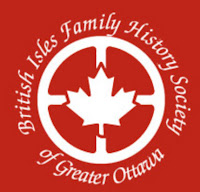 British Isles Family History Society of Greater Ottawa
British Isles Family History Society of Greater Ottawa
For the reporting period ending 2024-12-31, total assets of $115,722.00 ($117,792, $119,762) and liabilities of $16,398.00 ($15,526, $16,770). The total revenue was $31,489.00 ($ 34,687.00- $ 28,096.00). Expenditures totalled $34,431.00 ($35,413.00 $31,405). The annual membership fee remains $50.
Manitoba Genealogical Society
For the reporting period ending 2024-03-31, total assets were $ 75,899.00 ($72,957, $87,173) and total liabilities of $ 7,993.00 ($3,701, $13,100). Total revenues were $89,163.00 ($ 76,848.00, $ 69,300.00) and expenditures were $ 90,522.00 ($ 81,675.00, $ 58,815.00). The individual annual membership fee remains $60
For the reporting period ending 2024-12-31, total assets of $1,957,257.00 ($2,105,846,$2,034,220) and liabilities of $209,829.00 ($302,835, $280,466). The total revenue was $727,335.00 ($584,120, $1,004,580). Expenditures totalled $781,892.00 ($ 534,363.00, $ 556,489.00). The individual annual membership fee remains $63.
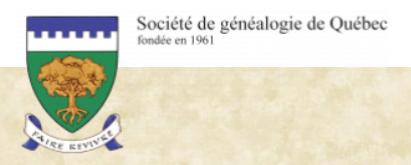 Société de genéalogie de Québec
Société de genéalogie de Québec
For the reporting period ending 2024-04-30, total assets of $295,467.00 ($294,804) and liabilities of $295,467.00 ($294,804(sic)). The total revenue was $126,081.00 ($131,549). Expenditures totalled $125,418.00 ($123,705). The individual annual fee remains $50.
For the reporting period ending 2024-05-31, Total assets and liabilities were not reported! Total revenues were $27,802.00 ($ 21,680.00, $ 25,410.00), and expenditures were $28,342.00 ($ 26,507.00, $ 28,230.00). Individual annual membership is increased to $65.


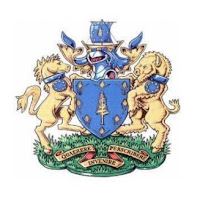
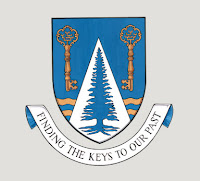
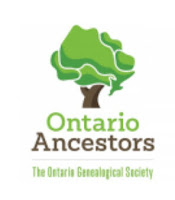

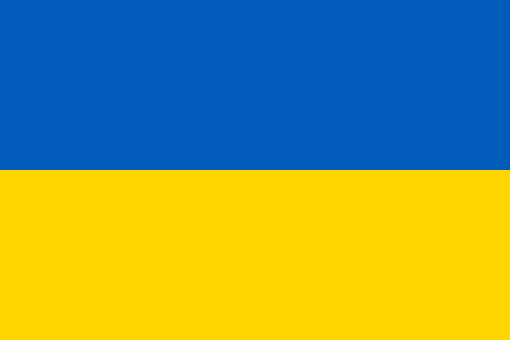
 Looking for a diversion? MyHeritage has reset the free uses of its LiveMemory™ utility, so even those who have tried it out before can give it another go at no cost.
Looking for a diversion? MyHeritage has reset the free uses of its LiveMemory™ utility, so even those who have tried it out before can give it another go at no cost.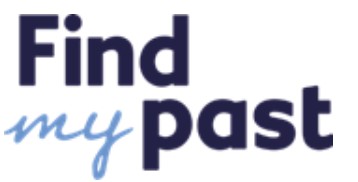 Ireland, Memorials of the Dead (1888-1939)
Ireland, Memorials of the Dead (1888-1939)

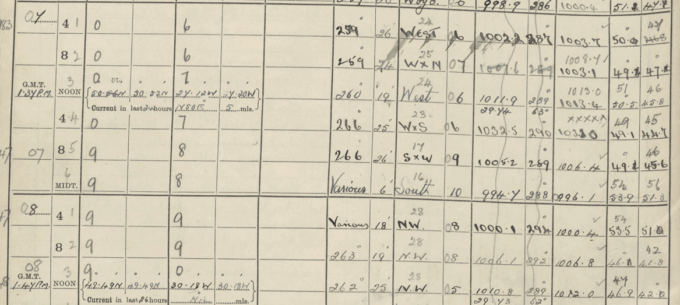
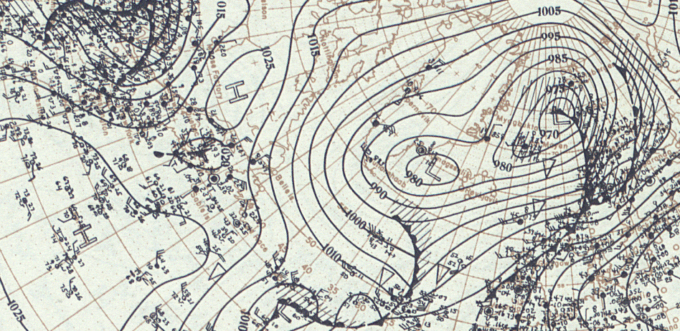
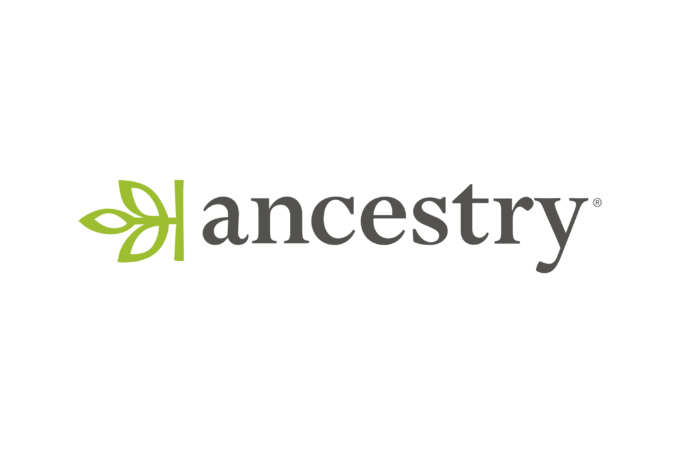 This updated dataset, of 6,883 records, documents removals of impoverished individuals from English and Welsh Poor Law Unions to Irish destinations between 1857 and 1879. The entries vary in completeness. In some cases, only basic personal information is recorded, for example:
This updated dataset, of 6,883 records, documents removals of impoverished individuals from English and Welsh Poor Law Unions to Irish destinations between 1857 and 1879. The entries vary in completeness. In some cases, only basic personal information is recorded, for example: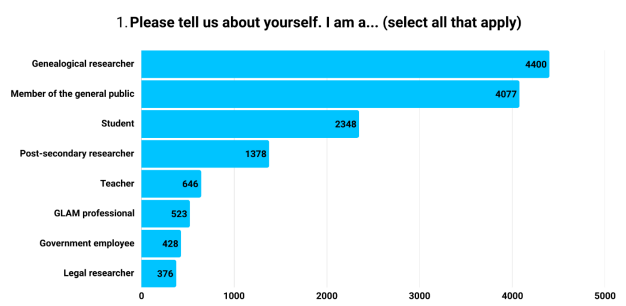
 The valuable records in these nine collections cover 500 years from the 14th century to the 19th century.
The valuable records in these nine collections cover 500 years from the 14th century to the 19th century.